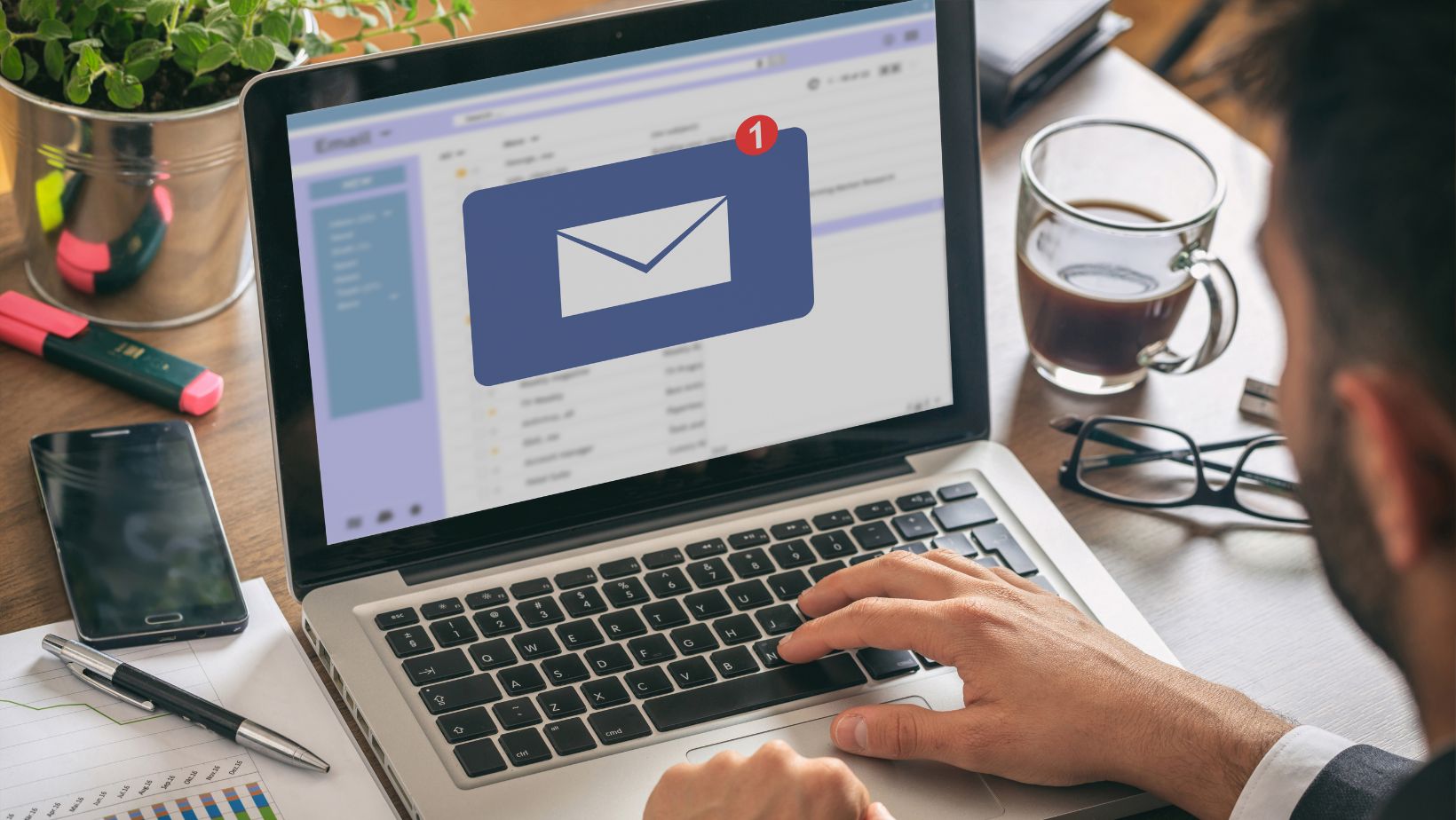There’s no denying the fact that email deliverability is extremely important for any business. It becomes even more crucial for businesses that rely mainly on email marketing campaigns when it comes to connecting with their target audience.
A sudden drop in email deliverability is not only alarming, but also something that affects the ability of a business to communicate with customers. This eventually leads to reduced engagements on a larger level. The key to recovering from this drop is a well-planned approach that involves identifying the root cause of the problem, which further allows you to implement effective solutions to increase your email deliverability.
Identify the Problem
The first step in addressing a sudden drop in email deliverability is to pinpoint the issue.
Monitoring Metrics
Track some key performance indicators, such as open rates, click-through rates, bounce rates, and spam complaints. A drastic change in one of these metrics might signal deliverability problems. For example, if you see your bounce rate suddenly go up, then it is probably a result of a problem with either the quality of your email list or the sending domain.
Analyzing Email Lists
Ensure that your email lists are up-to-date and free from inactive or incorrect addresses. Having a large volume of hard bounces is harmful to the sender’s reputation. It’s very important to clean your email list once in a while; that clears all those contacts that have never responded to your emails for a long period of time. It won’t just help you with deliverability but also increase engagement.
Evaluating Content and Design
Poorly designed emails with content that is flagged for being spammy hurt deliverability. Check for things like overly heavy images, spammy keywords, and broken links. Be sure to keep in mind that most of your users will view their email on mobile, as poor mobile optimization can lead to higher bounce rates and lower engagement.
Understand the Root Cause
Once you have identified a drop in deliverability, it is crucial to understand the underlying causes. Common factors include:
Sender Reputation
ISPs (Internet Service Providers) assign a reputation score to your sending IP address based on factors like spam complaints, bounce rates, and engagement levels.
A low sender reputation can lead to your emails being filtered into spam folders.
Email Authentication
Sometimes, your emails may not be properly authenticated using standards such as SPF (Sender Policy Framework), DKIM (DomainKeys Identified Mail), and DMARC (Domain-based Message Authentication, Reporting & Conformance). Lack of proper authentication can cause emails to be flagged as suspicious. Authentication not only boosts your credibility but also protects your domain from being spoofed by malicious actors.
List Hygiene
Poor list hygiene, including outdated or incorrect email addresses, can result in high bounce rates and spam complaints, harming your deliverability.
Implement Effective Solutions
To recover from a sudden drop in email deliverability, consider the following strategies:
Improve Sender Reputation
Encourage recipients to mark your emails as “Not Spam” if they are mistakenly flagged. Include a clear unsubscribe link in your emails to reduce complaints. Additionally, it provides recipients with an option to manage their preferences, allowing them to choose the type of content they receive and the frequency of emails.
Focus on sending emails to those who have actively engaged with your content in the past. This can help improve your engagement rates and sender reputation. Segmenting your email list based on engagement levels can also be beneficial. For example, you might send re-engagement campaigns to inactive subscribers to either re-engage them or clean them from your list.
Enhance Email Content
Tailor your emails to the interests and preferences of your recipients. Personalized content is more likely to engage readers and reduce the likelihood of being marked as spam. Utilize data such as past purchase history, browsing behavior, and demographic information to create highly targeted and relevant content.
Make sure to avoid using common spam trigger words and phrases while also balancing the use of text and images in your emails. Overloading your emails with images can trigger spam filters, so make sure to include a good text-to-image ratio and alt text for images to increase accessibility and deliverability.
Maintain List Hygiene
Periodically clean your email lists to remove inactive subscribers and incorrect addresses. This can help reduce bounce rates and improve deliverability. Tools like email verification services can help identify and remove invalid email addresses before they become a problem.
Implement a double opt-in process to ensure that the email addresses you collect are valid and that subscribers are genuinely interested in receiving your emails. This extra step can prevent fake or mistyped email addresses from entering your list and harming your deliverability.
Utilize Email Deliverability Software
Leveraging specialized software for email deliverability can significantly improve your chances of recovering from a drop in deliverability. These tools, often used by most ecom SEO companies, provide insights into your email performance, help maintain list hygiene, and monitor your sender reputation. They can also assist in identifying and resolving authentication issues. Features such as inbox placement monitoring, spam testing, and detailed reporting can provide you with the data needed to optimize your email campaigns and improve deliverability.
Authenticate Your Emails
Ensure that the aforesaid authentication protocols are correctly set up and aligned with your domain. This not only helps prevent spoofing and phishing attacks but also boosts your credibility with ISPs. Properly configured authentication protocols signal to ISPs that your emails are legitimate and trustworthy.
Conduct regular audits of your authentication settings to ensure they are up-to-date and functioning correctly. Changes in your email infrastructure or domain settings can affect authentication, so periodic reviews are necessary to maintain optimal deliverability.
Monitor and Adapt
Recovering from a sudden drop in email deliverability is not a one-time deal.
In fact, it’s a thorough process that calls for constant monitoring and adaptation to maintain the desired deliverability.
Monitor Performance
Keep a close eye on the email performance metrics to make sure you identify trouble right on time. Tools for email deliverability can provide real-time insights and alerts. Set up automatic alerts for ‘red flags’ like bounce rates, spam complaints, and open rates that will let you respond fast in case something goes wrong.
Adapt Strategies
Be prepared to adapt your strategies based on the data you collect. This might involve tweaking your content, adjusting your sending frequency, or further cleaning your email lists. For example, if you notice a particular type of content performing poorly, consider revising your content strategy to better align with subscriber preferences.
Test and Optimize
Right from the subject lines and mail body to the times and frequencies of sending, make sure to test different aspects of your email campaigns continuously. Use A/B testing to determine what works best for your audience and optimize accordingly. Even the tiniest of changes like modifying the call-to-action or adjusting the email layout can bring out a huge impact on the engagement and deliverability.
Conclusion
Recovering from an unexpected slump in email deliverability will require a multi-faceted approach. Identify your problem, understand its core, and work out effective solutions to create more robust email performance and maintain strong communication with your audience. Tools and strategies that are going to help you successfully overcome this challenge consist of improving your sender reputation, enhancing your email content, promoting list hygiene, and using specialized software. Remember, continuous monitoring and adaptation are essential to sustain high deliverability rates and achieve long-term success in your email marketing efforts.






